Deck & Commander Strategies

Liesa, Forgotten Archangel
A Shadowborn Apostle combo deck that tutors for apostles to enable a combo win by generating many tokens and leveraging sacrifice or other combo pieces.

Umbris, Fear Manifest
A clone-themed deck with a Nightmare Before Christmas aesthetic that copies creatures to generate value and potentially combo out with replicated effects.
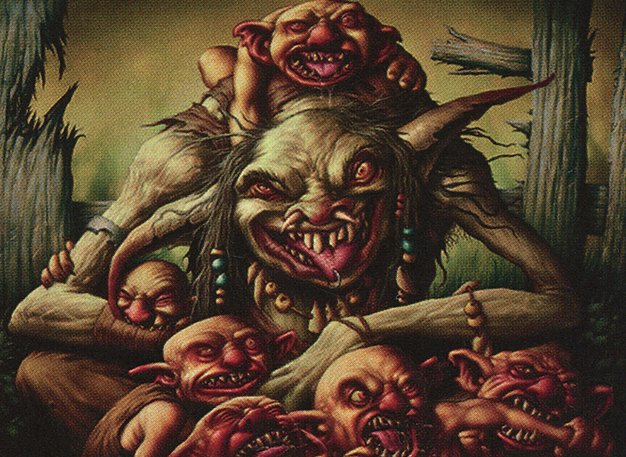
Wort, the Raidmother
An aggressive burn and goblin token deck that aims to deal direct damage quickly while leveraging token synergies and promo/alternate art cards as a unique deckbuilding twist.
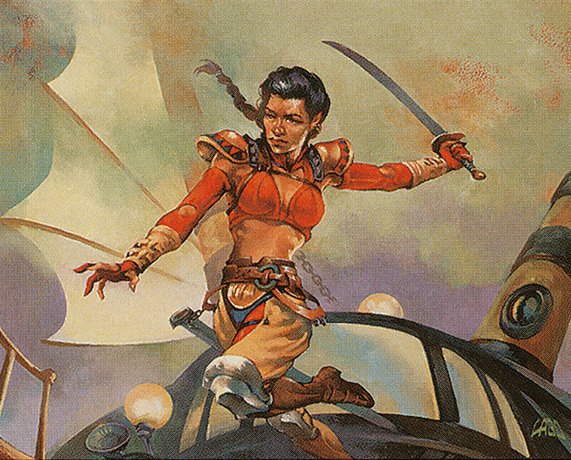
Captain Sisay
A legendary tribal deck focused on ramping into and tutoring legendary creatures to build a powerful and synergistic board presence.
Gameplay Insights
- 1
Using Double Vision to copy Gamble allowed Umbris’s player to increase card selection and set up combos.
- 2
Liesa’s player effectively used Shadowborn Apostle tokens to chip away at opponents and tutor for combo pieces, applying constant pressure.
- 3
Captain Sisay’s player prioritized ramp and legendary tutoring to accelerate into a dominant board state, carefully managing life payments with Sylvan Library.
- 4
Wort’s aggressive strategy focused on dealing incremental damage early, but was challenged by the defensive capabilities and combos of other players.
- 5
Players utilized life payments as a resource to draw extra cards or activate abilities, highlighting the high-power nature of the game.
Notable Cards
-
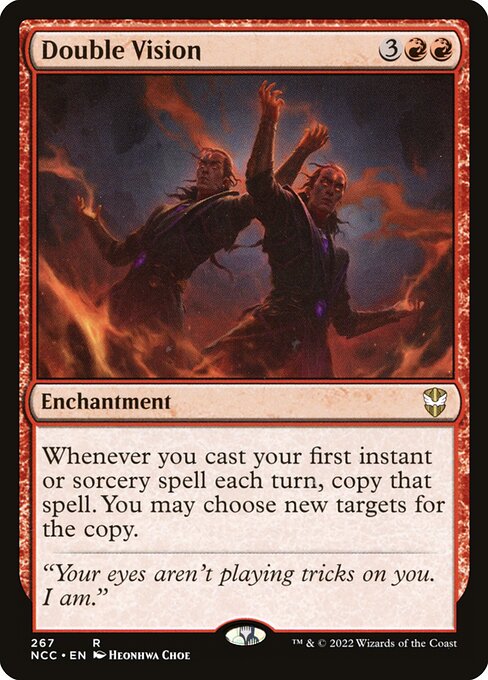
Double Vision
-
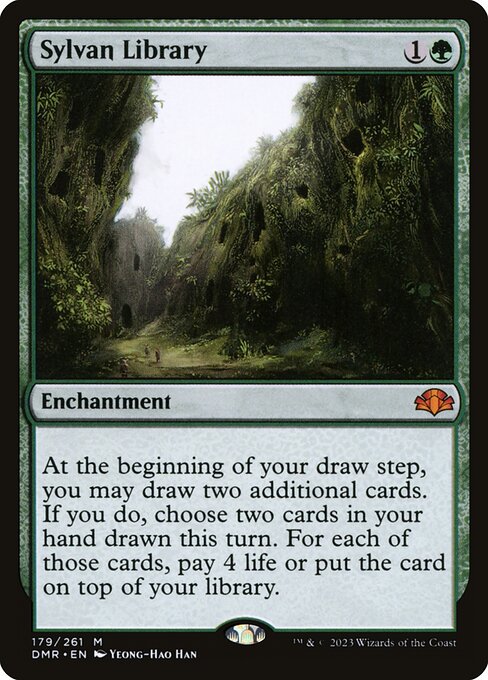
Sylvan Library
-
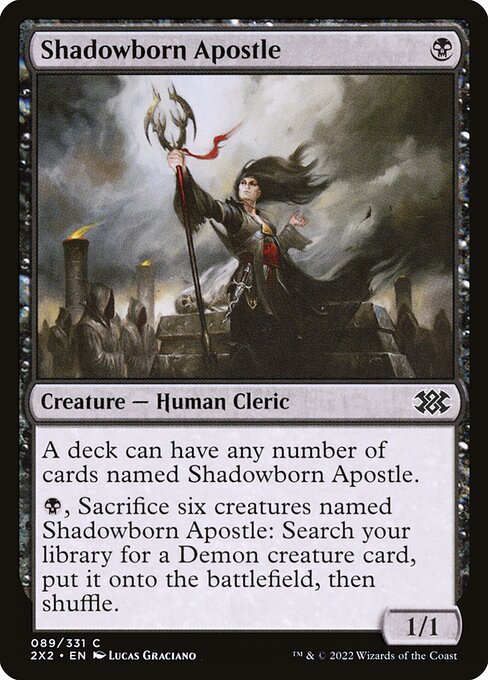
Shadowborn Apostle
-
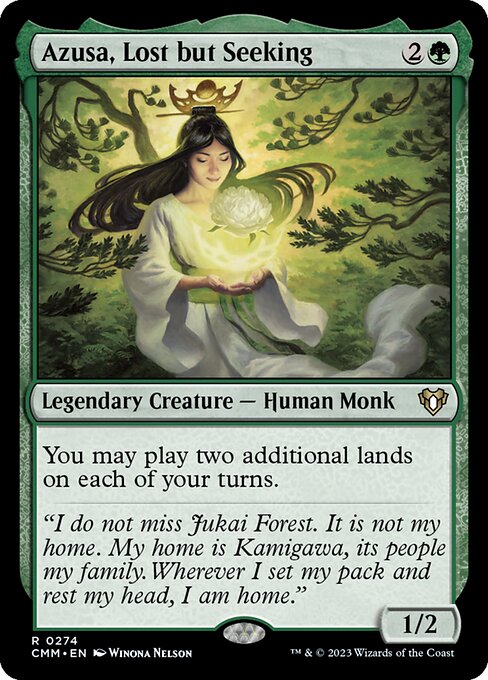
Azusa, Lost but Seeking
-

Gamble
-
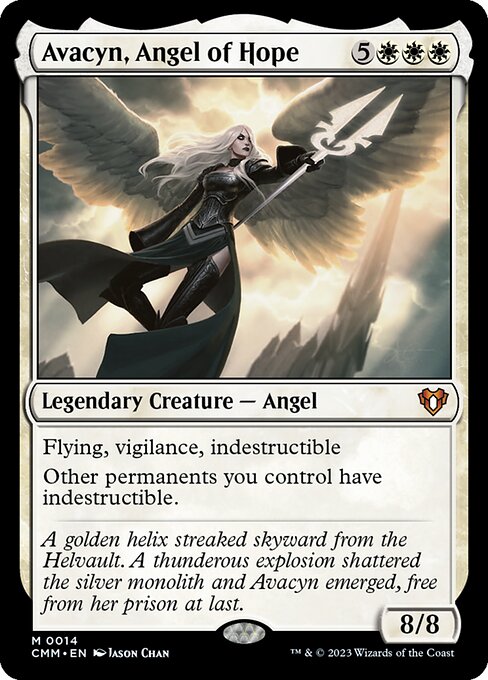
Avacyn, Angel of Hope
-
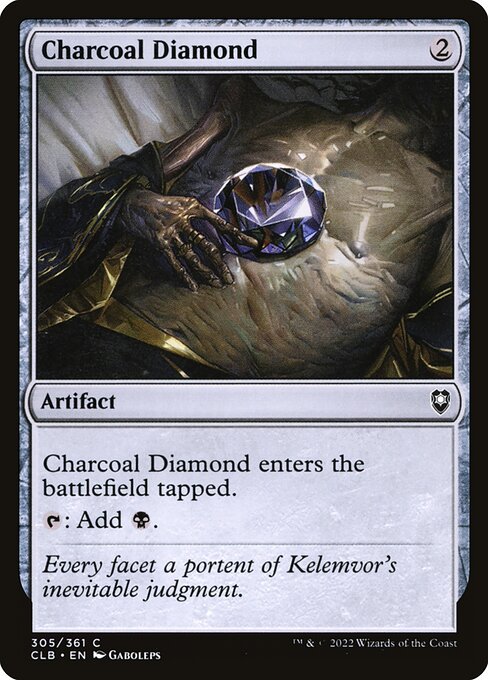
Charcoal Diamond
Gameplay Summary
The game began with each player establishing their board with early ramp and utility creatures, setting the stage for their distinct strategies.
Liesa’s player focused on assembling a Shadowborn Apostle combo, quickly deploying multiple apostles to tutor and assemble combo pieces.
Umbris’s player adopted a clone-centric approach with a Nightmarish theme, aiming to copy key creatures and leverage powerful interactions.
Wort’s player leaned into a burn-heavy strategy, emphasizing aggressive damage and token generation with goblin synergies.
Captain Sisay’s player pursued a legendary tribal deck, ramping into legendary creatures and leveraging tutoring to find key pieces for a powerful board presence. As the game progressed, key interactions emerged around doubling spells with Double Vision, aggressive pokes from the apostles and goblins, and careful life payments to maximize card draw effects like Sylvan Library.
A pivotal moment occurred when Umbris’s player used Double Vision to copy Gamble, enabling a potential combo or powerful card selection.
Liesa’s Shadowborn Apostle engine kept pressuring opponents by chipping away life totals while tutoring for combo pieces.
Captain Sisay’s ramp and legendary toolbox began to accelerate with Azusa, Lost but Seeking and other potent legends, threatening to stabilize or close the game.
Wort’s aggression continued but was tempered by the increasing board states and defensive capabilities of others.
The game was characterized by a race to assemble combos or overwhelming board states while managing the threat of recurring creatures and powerful card advantage effects.
Ultimately, the game’s dynamic revolved around leveraging unique synergies and maximizing value through cloning, tutoring, and repeated spell casting.


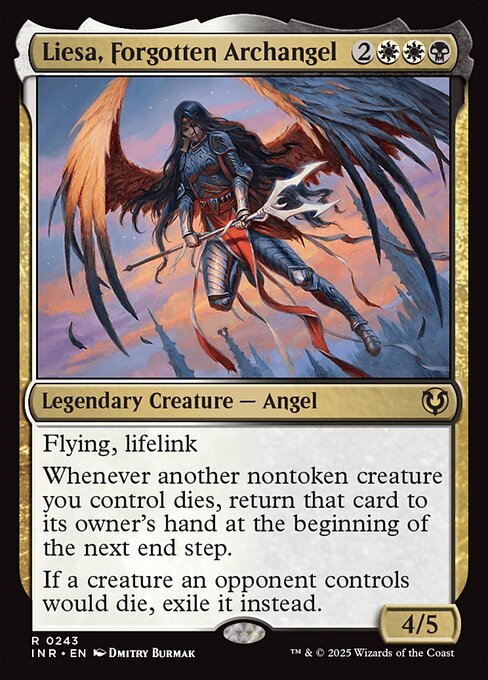
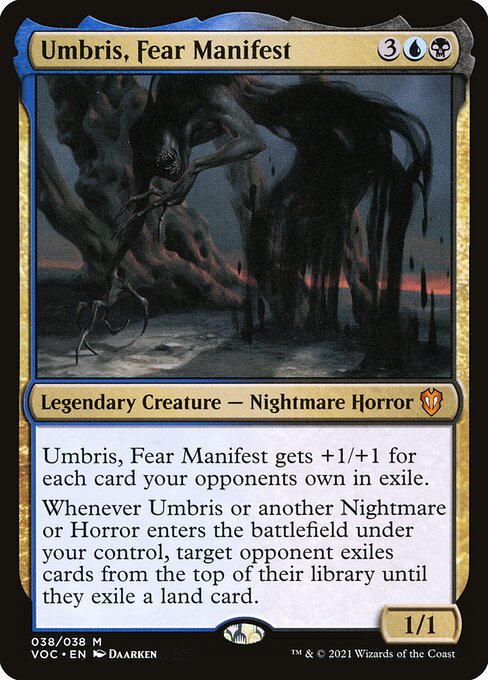












![Commander Versus Series: Hanna v. Sisay v. Tsabo v. Tahngarth [MTG Multiplayer] thumbnail](https://i.ytimg.com/vi/Hwxhwa8dgqk/sddefault.jpg)



















![Commander VS S17E7: ??? VS ??? VS ??? VS ??? [EDH Gameplay] thumbnail](https://i.ytimg.com/vi/Wl5x-udunSg/sddefault.jpg)








![What's The Strongest Tribe In Midnight Hunt?! [ EDH/Commander, Budget Magic The Gathering Gameplay ] thumbnail](https://i.ytimg.com/vi/KAlMoQjaE-0/sddefault.jpg)
![Delina vs Sigarda vs Bruenor vs Liesa [EDH/Commander, Magic The Gathering Gameplay] thumbnail](https://i.ytimg.com/vi/JTB3oaampHU/sddefault.jpg)



